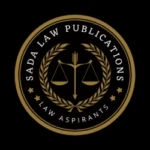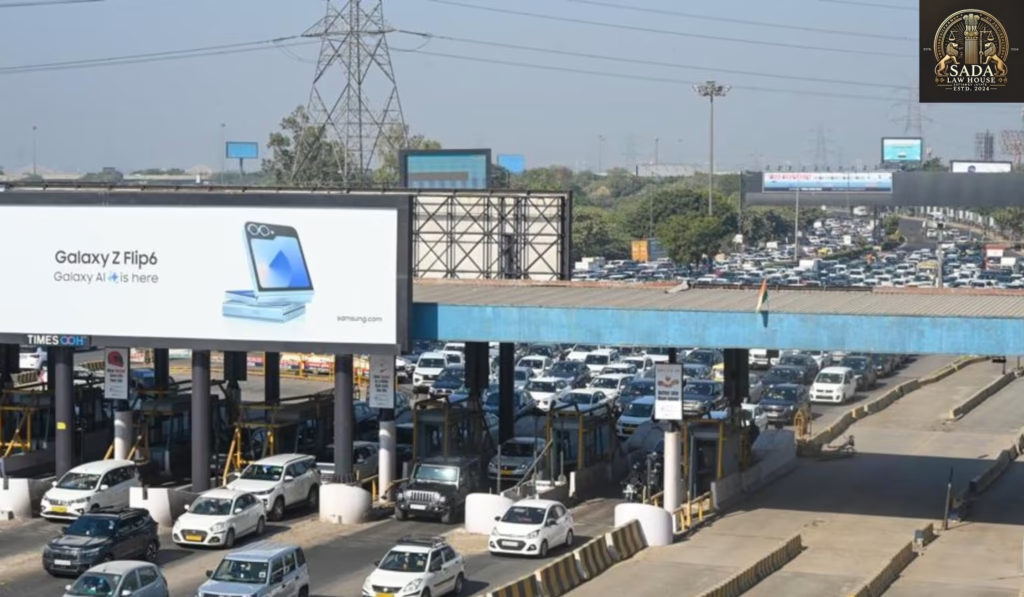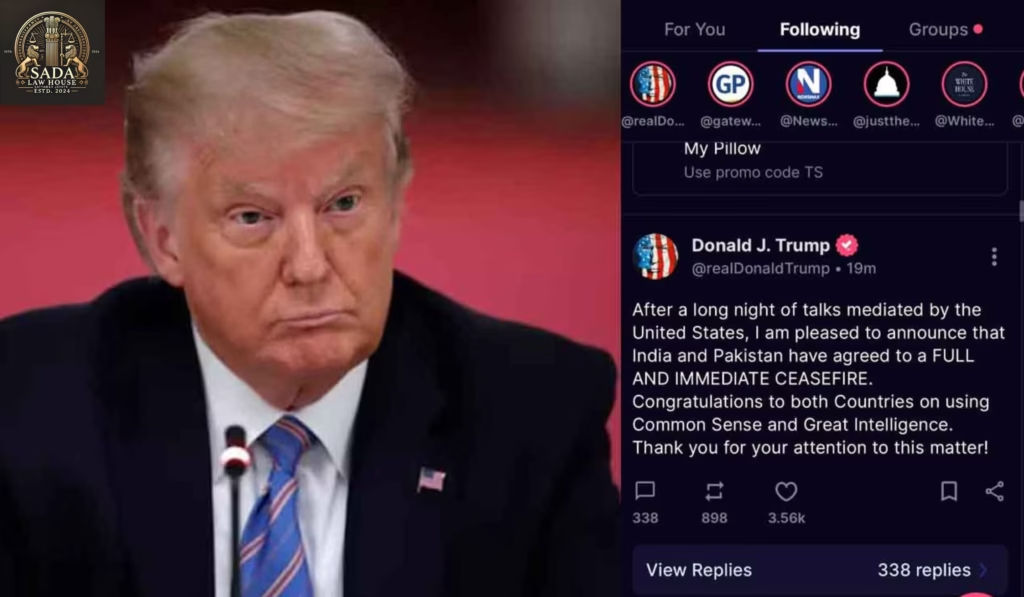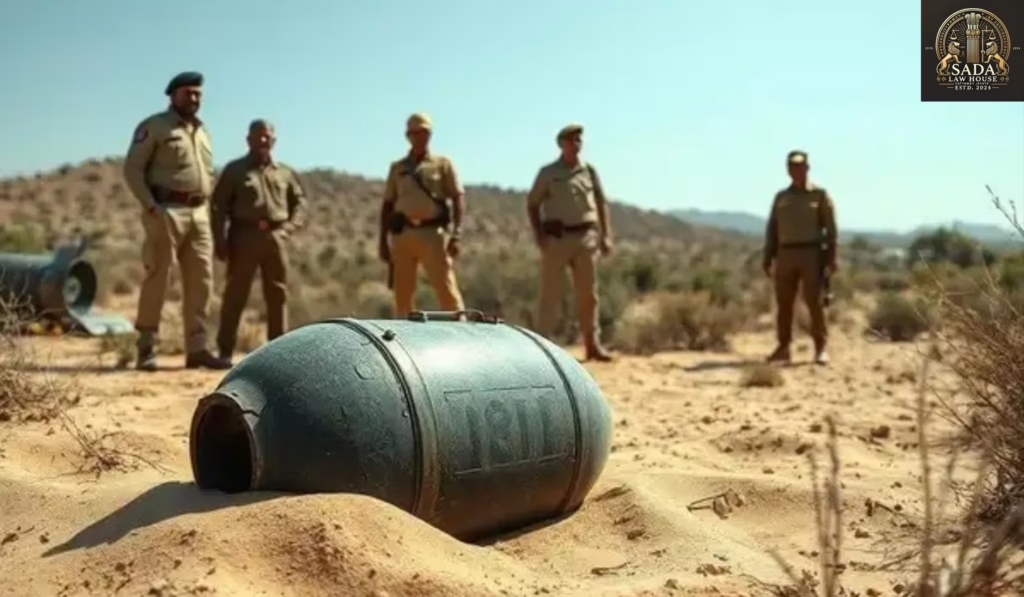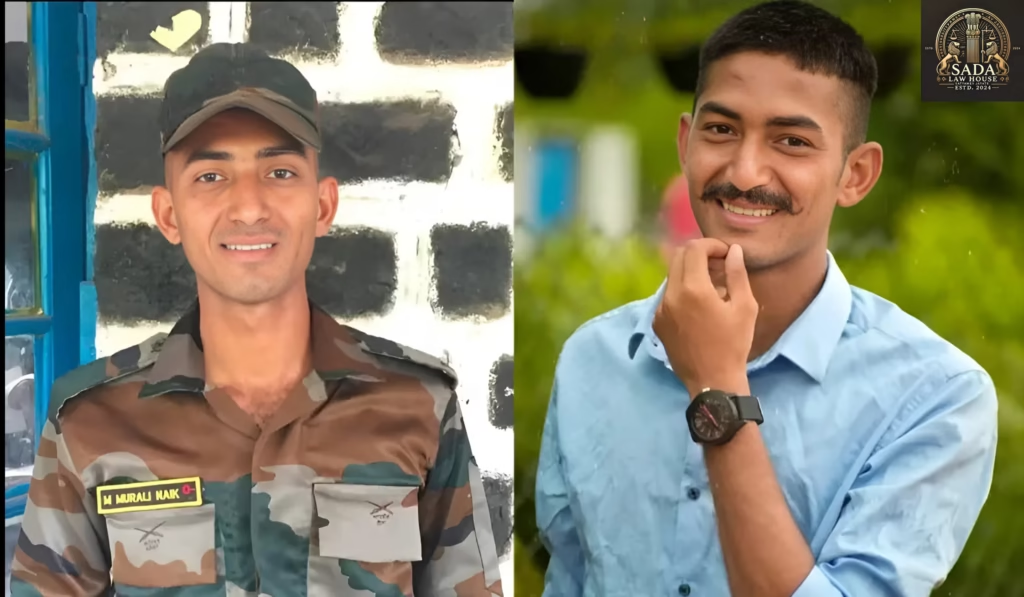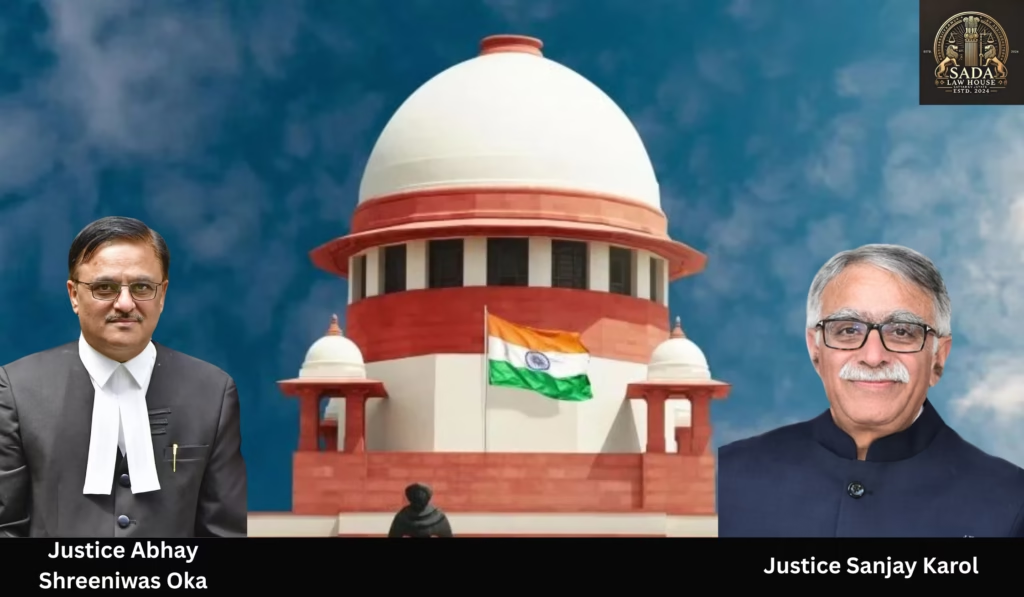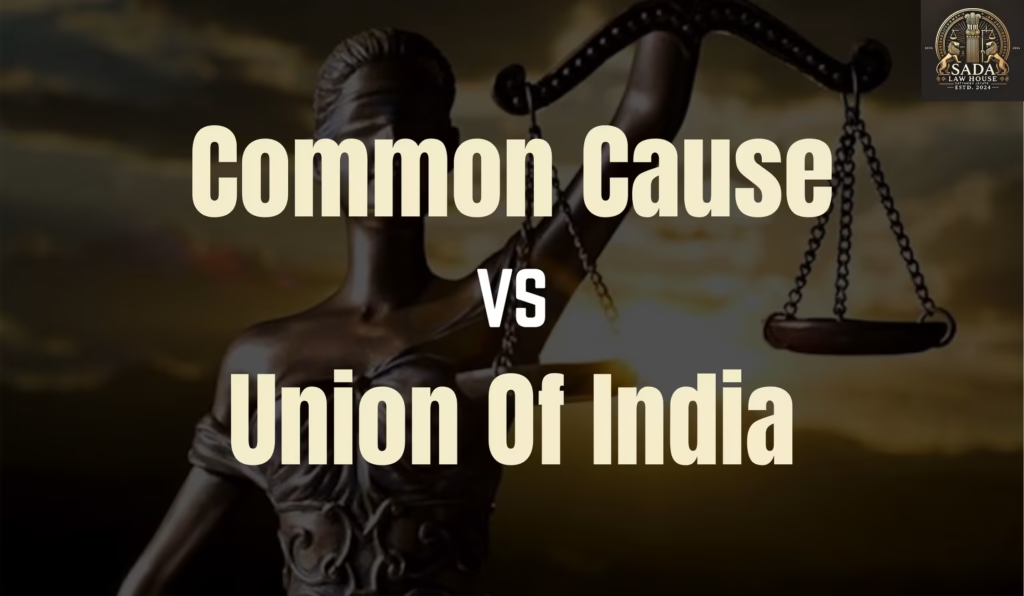Supreme Court Dismisses Noida Toll Company’s Appeal Against DND Flyway Toll Judgment: Highlights Public Interest
Trending Today Supreme Court Dismisses Noida Toll Company’s Appeal Against DND Flyway Toll Judgment: Highlights Public Interest Justice Surya Kant Appointed as NALSA’s Executive Chairman Effective May 14, 2025 Supreme Court Weighs Shift from Five-Year to Four-Year Law Degree Citing NEP 2020 India-Pakistan Agree to Full and Immediate Ceasefire After U.S. Mediation, Confirms Donald Trump Suspected Drone Debris Found in Jaisalmer After Pakistan’s Border Attacks Indian Army Jawan Murali Naik Killed by Pakistan Firing Near LoC in Jammu & Kashmir Supreme Court Strikes Down 2020 Environmental Clearance Exemption for Roads and Pipelines Constitutional Challenge to Demonetisation: Supreme Court Judgment on RBI Act and Legal Validity of 2016 Currency Ban Landmark Supreme Court Judgment Affirms Right to Die with Dignity in India: Eases Rules on Living Wills and Euthanasia Supreme Court Reforms ECI Appointment Process: Anoop Baranwal vs Union of India Judgment Explained Supreme Court Dismisses Noida Toll Company’s Appeal Against DND Flyway Toll Judgment: Highlights Public Interest MAHI SINHA 11 May 2025 The Supreme Court rejects Noida Toll Bridge Company’s appeal, citing unjust enrichment and a violation of Article 14 of the Constitution. Learn about the landmark decision. Introduction to the Case The Supreme Court of India has dismissed the appeal filed by Noida Toll Bridge Company Ltd. (NTBCL) against its earlier ruling refusing to impose toll charges on commuters using the Delhi-Noida Direct Flyway (DND Flyway). The decision, delivered by a bench comprising Justices Surya Kant and Ujjal Bhuyan, emphasizes public interest and accountability in infrastructure projects. Background of the Dispute In December 2024, the Supreme Court upheld the Allahabad High Court’s 2016 ruling that nullified the concessionaire agreement favoring NTBCL. The High Court found that NTBCL had already recovered the project’s cost, maintenance, and substantial profits, making further toll collection unjustifiable. The decision followed a Public Interest Litigation (PIL) filed by the Federation of Noida Resident Welfare Association. Key Highlights of the Supreme Court’s Ruling • NTBCL’s Challenge Dismissed The Court dismissed NTBCL’s review petition, citing the “unjust enrichment” of the company at the expense of the public. Justice Surya Kant remarked, “You have already minted enough,” underlining the profiteering nature of the toll collection. • Violation of Constitutional Principles The Court observed that the concessionaire agreement violated Article 14 of the Constitution due to its lack of competitive bidding and arbitrary decision-making by the New Okhla Industrial Development Authority (NOIDA). • Findings from the Comptroller and Auditor General The Comptroller and Auditor General (CAG) report revealed severe irregularities, including inflated expenses by NTBCL directors, which contributed to the “unrealistic return rates” embedded in the agreement. Arguments Presented in the Court • Defense by Pradeep Puri Pradeep Puri, a former director of NTBCL, argued through his counsel, Advocate Piyush Joshi, that the CAG report’s findings against him were baseless. Joshi contended that Puri had left civil service before the contentious period and had no significant involvement in the decision-making. • NTBCL’s Claim Senior Advocate Dr. Aman Hingorani argued that NTBCL needed to maintain the DND Flyway until 2031. However, the Court rejected this claim, citing the lack of merit in the petition. Supreme Court’s Stand on Public Accountability The bench emphasized the need for transparency and fair practices in public projects funded by taxpayers. It criticized NOIDA for bypassing tendering processes and granting undue advantages to NTBCL. The ruling stated, “A state’s activities must be free from arbitrary decisions and based on fair, open, and well-defined policies.” Conclusion This landmark ruling reinforces the principles of public accountability and equity in infrastructure projects. The Supreme Court’s decision ensures that private enterprises cannot exploit public resources for profit at the cost of citizens. By addressing the misuse of funds and the lack of competitive practices, the judgment sets a critical precedent for future public-private partnerships in India. Leave a Reply Cancel Reply Logged in as Sada Law. Edit your profile. Log out? Required fields are marked * Message* Live Cases Supreme Court Dismisses Noida Toll Company’s Appeal Against DND Flyway Toll Judgment: Highlights Public Interest Supreme Court Dismisses Noida Toll Company’s Appeal Against DND Flyway Toll Judgment: Highlights Public Interest Sada Law • May 11, 2025 • Live cases • No Comments Justice Surya Kant Appointed as NALSA’s Executive Chairman Effective May 14, 2025 Justice Surya Kant Appointed as NALSA’s Executive Chairman Effective May 14, 2025 Sada Law • May 11, 2025 • Live cases • No Comments Supreme Court Weighs Shift from Five-Year to Four-Year Law Degree Citing NEP 2020 Supreme Court Weighs Shift from Five-Year to Four-Year Law Degree Citing NEP 2020 Sada Law • May 11, 2025 • Live cases • No Comments 1 2 3 … 5 Next »
